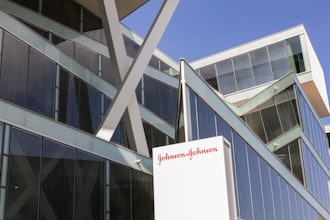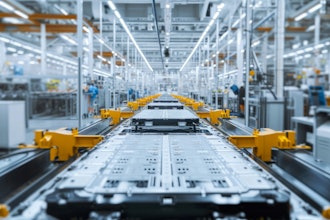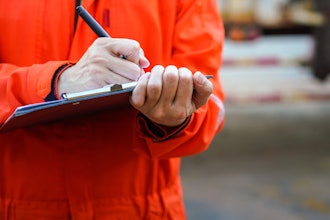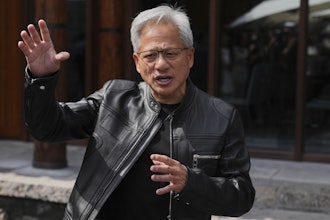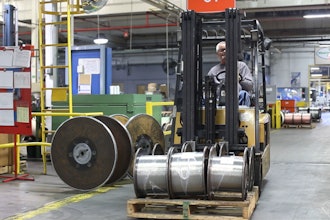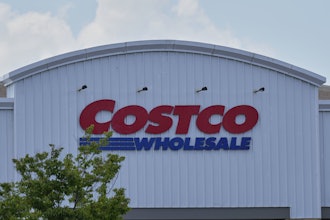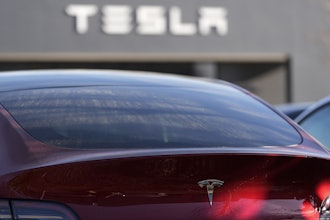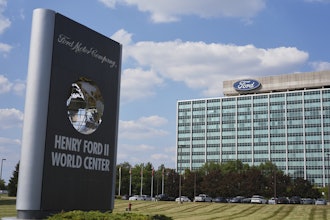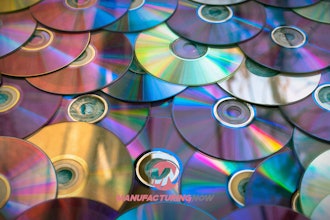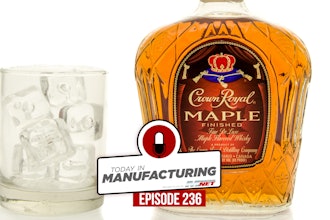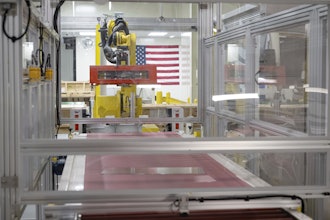In the September issue of Harvard Business Review, authors Ram Nidumolu , C.K. Prahalad , and M.R. Rangaswami provide a framework for adopting sustainable practices to bring about the technological and organizational innovations that will ultimately yield top- and bottom-line returns, providing a competitive advantage when the recession ends. They feel that sustainable companies will emerge from the recession ahead of their competitors, who will face difficulties trying to catch up.
The authors argue sustainability is not the drag on the bottom line that many executives perceive it to be; it can actually lower costs, and increase revenues. This is an indicator that business leaders will have to rethink business models, processes, technologies, and products in order to accept sustainability.
Those organizations that have already taken the initiative with sustainability go through five stages with unique challenges that must be addressed to emerge ahead of competitors. The report identifies these challenges, defines the competencies needed to tackle them, and outlines what opportunities for innovation are available at each stage. Below is an overview of these five stages:
Stage 1 – Viewing Compliance as Opportunity
To obtain first mover advantages in terms of fostering innovation, forge alliances with regulators. Instead of simply adhering to the lowest environmental standards, successful companies comply with the most stringent rules, and do so before they are enforced. Focusing on meeting emerging norms will give these organizations the opportunity to gain more time to experiment with materials, technologies, and processes. The authors use GM, Ford, and Chrysler’s resistance fuel consumption and emission standard changes from the California Air Resources Board, when they were proposed in 2002, as an example of what not to do. They feel that these companies would be two or three design cycles ahead of their rivals and in a position to pull even further ahead in 2016, when similar guidelines become law around the country. Instead, the Big Three successfully defeated the law, and as we all know, all three of these companies crashed and burned late last year, and are in danger of going under.
Those adhering to the gold standard globally will experience savings because they won’t have to cope with managing production, logistics, and component sourcing separately for each market. Having a single norm around the world at all facilities within the organization can optimize supply chain operations and the average cost per unit is likely to fall.
Stage 2 – Making Value Chains Sustainable
Companies that strive to keep up with regulations tend to become proactive about sustainability and then many start to focus on energy efficiency and they begin to work with suppliers and retailers to reduce waste and develop eco-friendly raw materials and components. These organizations often end up not just reducing costs, but also creating new sources of revenue. Companies striving to sustainable frequently find innovative uses for returned products and use more clean energy.
Stage 3 – Designing Sustainable Products and Services
Executives should be seeing that a sizable number of consumers prefer eco-friendly offerings, and that a competitive advantage can be gained over rivals by redesigning products or developing new ones. These companies use the competencies aid resources that they acquired at earlier stages of their sustainable evolution. At this stage, companies work to develop compact, eco-friendly packaging, but many apply techniques such as biomimicry (the process of emulating nature, its models, systems, processes, and elements to solve human problems) in product development.
Stage 4 – Developing New Business Models
As companies work to adopt sustainable practices internally, they gain a better understanding what their eco-minded consumers want to purchase. They also develop new delivery methods or technologies that change value-chain relationships in significant ways, often reducing costs and leading to monetization models that relate more to services than to products. This stage also presents an opportunity for these companies to combine digital and physical infrastructures.
Stage 5 – Creating Next-Practice Platforms
At this stage, using the knowledge of how renewable and nonrenewable resources affect business ecosystems and industries many of these organizations build business platforms that will enable customers and suppliers to manage energy in radically improved ways. Many also design technologies that will allow industries to use the energy produced as a by-product.
Five Simple Rules for Getting Started
1. Don’t start from the present.
Start from an optimistic vision of the future based on consensus and fold that future into the present.
2. Ensure that learning precedes investments.
Do not invest in projects without knowing how to execute them. Each step should be broken down into three phases: experiments and pilots, debriefing and learning, and scaling. Do not settle for mimicking best practices—develop next practices.
3. Stay wedded to the goal while constantly adjusting tactics.
The path to becoming a sustainable company is a long one—as much as a decade or more. So, it is important executives be prepared to make numerous tactical adjustments along the way.
4. Build collaborative capacity.
Success will likely depend on the formation of alliances with other businesses, governments, and non-governmental organizations to create new mechanisms for product development, product distribution and revenue sharing.
5. Use a global presence to experiment.
If you are a leader in a multinational organization, take advantage of the ability to experiment in emerging markets, where there are fewer entrenched systems or traditional mindset-set to overcome.




